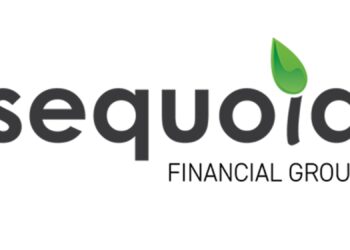Fourth-fifths of funds lost money for their investors last month, FE fundinfo data shows, as markets sold off on the back of multiple worrying headwinds.
April was a challenging month for investors as markets grappled with rising inflation, more interest rate hikes from the world’s central banks, worries about an economic slowdown and Russia-Ukraine war.
The MSCI AC World index fell 2.8% in Australian dollar terms while government bonds (represented by the Bloomberg Global Treasury index) lost 0.5%. With both shares and bonds in the red, positive returns were hard to come by funds available for sale in the Australian market.
Most sectors in the Australian Core Strategies universe posted an average loss last month. The best-performing peer group was ACS Cash Other, which was up 2.7% due to movements in the currency market.
Difficulties in the mainstream asset classes of stocks and bonds meant that alternatives funds – which could look to other areas of the market or take bets that share markets would fall – made an average total return of 0.7%.
ACS Australia Equity Income was the best-performing equity peer group with an average total return of 0.5%. Its focus on relatively stable dividend-paying shares reflected the nervousness of investors last month; ACS Equity Australia and ACS Equity Australia Small/Mid Cap, where funds tended to be more focused on growth, made losses.
Of the 2,114 funds Money Management looked at, just 461 – little over 20% – made a positive total return in April. Only seven of these made double-digit returns over the month but 29 were down more than 10%.
The US market struggled in recent weeks, with tech stocks bearing the brunt of soaring inflation and rising interest rates. Growth stocks such as tech businesses tended to suffer when interest rates were going up as investors were less willing to stomach lofty valuations today for the prospect of higher earnings in the future.
The impact of this was seen in the best-performing fund in April: ETFS Ultra Short NASDAQ 100 Hedge. The tech-heavy Nasdaq index took the worst of the US sell-off and this ETF offered negatively geared exposure to this index – essentially, it went up when the Nasdaq went down and, as it was geared, moved between 2% and 2.75% for every 1% movement in the index (depending on the amount of leverage applied).
During April, the NASDAQ tanked some 13% in US dollar terms after investor sentiment was dented by higher interest rates and fears that the global economy could be heading into a stagflation period.
Some 12 of the 25 best-performing funds resided in the ACS Alternative sector and used a range of investment approaches to generate high returns in April. Three were from the ACS Property – Australia Direct sector but only one fund in the ACS Commodity & Energy peer group – which has rallied hard over the past year as inflation took hold – was among the month’s 25 best performers.





